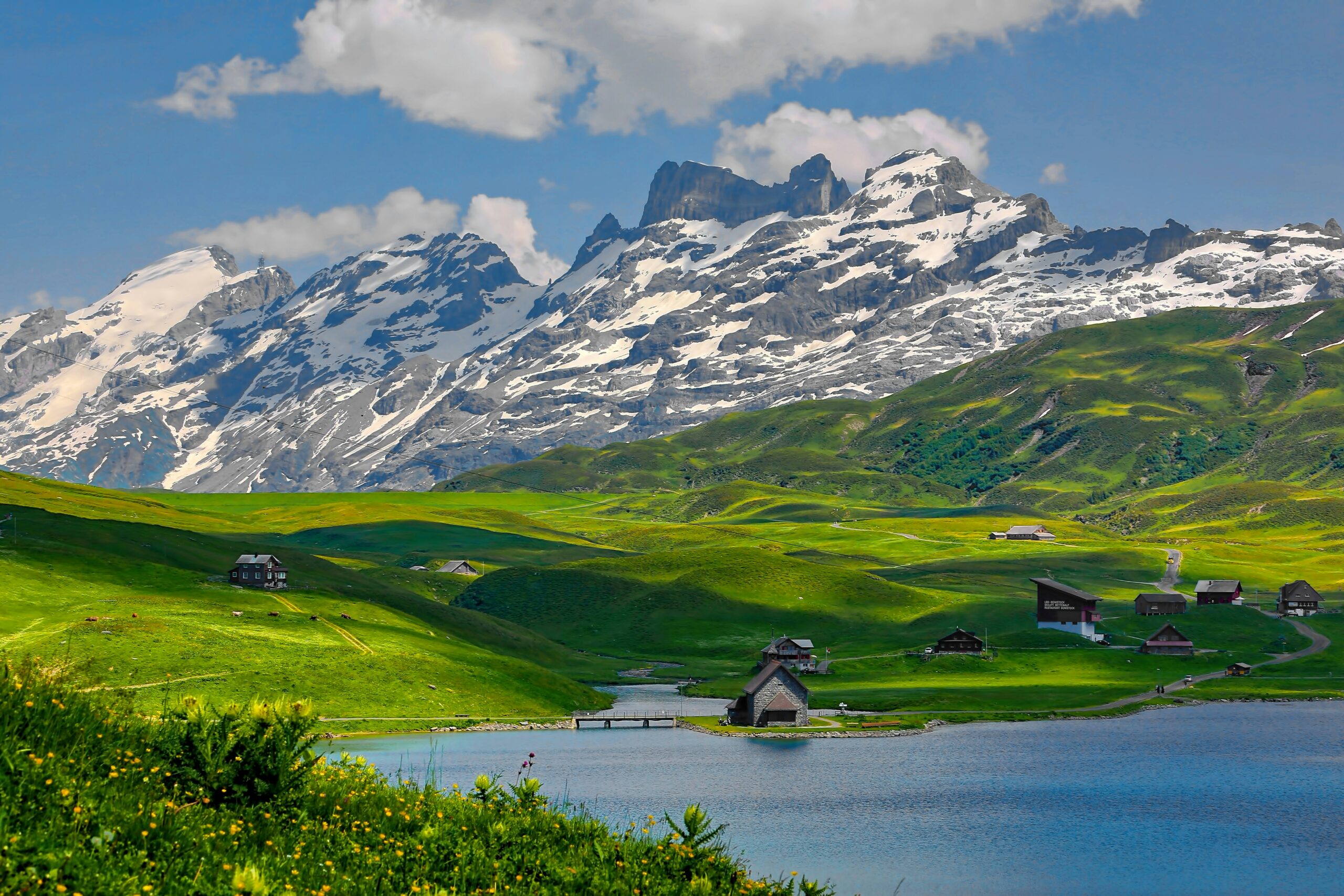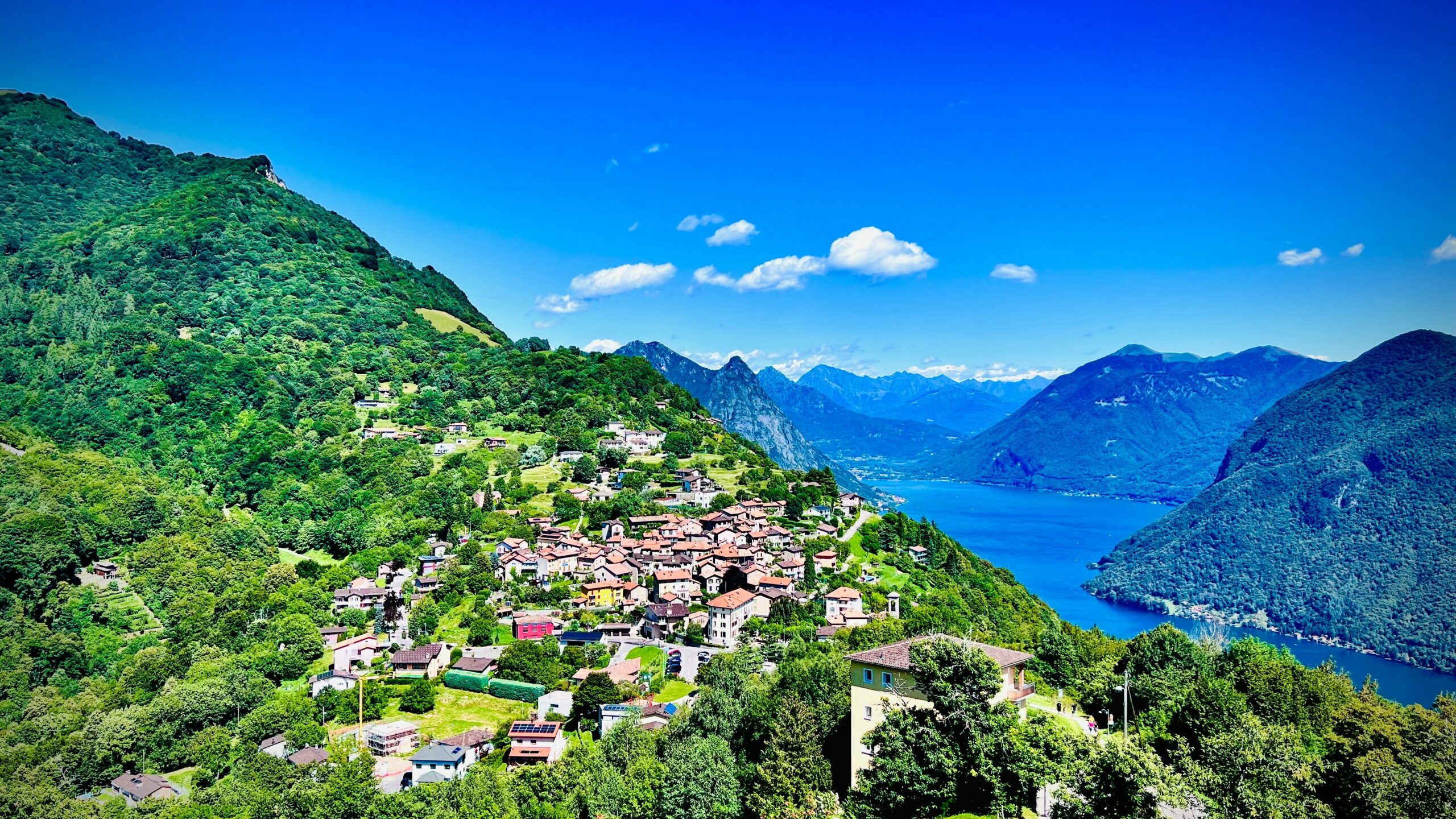During the past few decades, society has been changing dramatically. The way we live has changed so much. This rapid and often unpredictable change affect the people´s cultural expressions and practices. Perceptions of quality of life have been shifting and people increasingly question their surroundings, preferences and values. Changes in the social structures, perceptions and consumption requires that contemporary society learn from the past, rethink the present and adapt itself to the current and emerging tastes and preferences of consumers. The new consumers resist the idea that traveling often means engaging only superficially with the place they are visiting. It becomes necessary to allow travellers the opportunity to continually explore their own ideas and prompt desirable experiences over desirable objects. This shift taking place in consumer habits is putting into question the traditional definitions of heritage, as increased emphasis is placed on immaterial heritage whereas in the past it was more the material heritage. Immaterial heritage in the form of human values in a cross – cultural perspective is alluring to the new travellers and their exploring inclinations.
Current lifestyle trends have made the tide of standardisation as something of the past. For the contemporary traveller, traditional, static destinations have little appeal. Travellers are seeking lasting memories through physical connection, different types of experiences and emotional development for overcoming their expectations during a holiday. A growing number of people travel not to escape but to connect. People craving for opportunities to meet new people in an authentic way. Thus, there is a need for destinations to develop a new range of skills which go beyond the traditional management of tourism services and which move into the arena of experience development, creativity and innovation (OECD, 2012). New tourists are extremely experimental, willing to try new products, foods and attractions, but too impatient to give a second chance to products or service that fail to satisfy initially. Gastronomy play a key role in trendsetting, image building and establishing quality standards demanded by today´s resilient tourists. Food and wine producers will need to use their imagination to arouse the tourist´s curiosity and meet their need for establishing new connections as well as novel experiences in a pleasant and convivial ambiance. Engage tourists in a taste of place creating new stories, new emotions rooted in sensory driven experiences about food and wine. Tourists reveal a lifestyle psychological need to learn who is behind the food, where does the food come from, how is it processed and come with the nostalgic perception of local food as healthy food. The appeal for more healthy food is no longer a trend; it is the norm.
The new tourist wants magic. It is not just about the food, but the emotional involvement expected, encompassing the history of the food they eat but also details about its preparation, ingredients, etc . Show that local products/ingredients are part of the local lifestyle . It is not just about consuming good food, but about consuming precious culture. Such consumer behaviour suggests a more sustainable approach towards food production. Close relationship between a territory and its products in terms of quality and uniqueness, in the sense of “food is landscape in a pot”. Connecting visitors with artisanal food producers by focusing more on the market and less on the supermarket. Unelaborate cuisine with emphasis on local fresh seasonal ingredients and more transparency on the preparation of the food. Increasingly restaurants are opting for “open kitchens” where their customers can learn, discover and be inspired through gastronomy. Tourists love local produce; they want to believe that the restaurant is using fish coming from the local dock/fishermen, the vegetables from the village shop, etc. Tourists are interested in eating local, eating fresh, eating organic, for example “from the farm to the table”. The enthusiasm for local produce and high quality ingredients, the matching of flavours and a more modern style of cooking and food presentation. I am convinced that the way forward is for cooks to look for inspiration in a region ´ s humble peasant cooking. Dishes embedded in tradition, but not simply reproduced in exactly the same way as in former times. Not limited to replicating the past, but about looking forward.
Menus taking on two considerations: based on what the cooks find in the market on that particular day and what they feel will appeal to the emotions of the customers. Being creative but keeping to the values of regional cooking. Innovate with traditional food but provide a privileged place for raw ingredients and terroir products from short supply chains. Local, artisanal and healthy as the motivation for innovation and added value. Regional gastronomy exemplifies cooking distinction that is appealing to consumers. However, modern tastes and preferences require that this generation of cooks take on a new attitude for rejuvenating regional gastronomy. It is true that cooking is a continual process of learning what the ingredients can achieve. But regional gastronomy should be modified using good sense. How much innovation? Taste must always come first. Afterwards, one can think about decoration and other innovative techniques.



